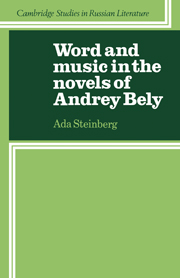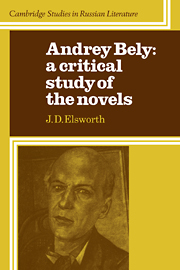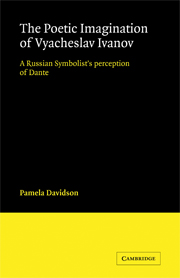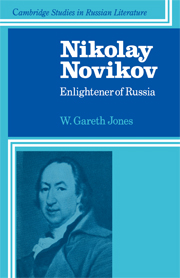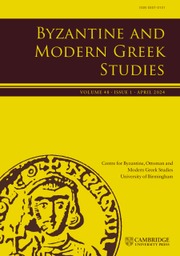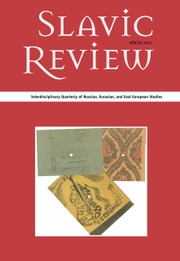Word and Music in the Novels of Andrey Bely
Andrey Bely, one of the leading writers of the Russian Symbolist movement, was unusually well informed about music, and shared that movement's general enthusiasm for Wagner. In one of his more striking novels, St. Petersburg, he attempted to develop prose as a form of expression on the basis of Wagner's musical techniques. Dr Steinberg connects word and music in Bely's novels by a clear-headed discussion of the degree to which analogies between music and poetry or prose may be carried, and of the way Bely tried to eliminate the distinction between poetry and prose by experimenting with an array of musical devices. In the second half of the book the author analyses specific devices such as verbal orchestration, dissonance, tonality, and counterpoint in relation to their use in particular novels: St. Petersburg, Kotik Letaev, The Baptized Chinaman, Notes of a Crank, Moscow and Masks. Through this analysis, Dr Steinberg is able to throw light on much that is obscure and difficult in Bely's novels.
Product details
July 2009Paperback
9780521115667
328 pages
229 × 152 × 22 mm
0.65kg
Available
Table of Contents
- Acknowledgements
- A note on transliteration
- Part I. On the Relationship Between Music and Poetry:
- 1. Music and poetry: statement of the problem
- 2. The significance of music for the romantics and symbolists: evaluation of the 'word'
- 3. The influence of Wagner on the symbolists: a new evaluation of the 'word'
- 4. Bely, Mallarmé and Verlaine and their approach to music
- 5. Bely and the music of his time
- Part II. Bely's Musical Devices:
- 6. Bely's verbal orchestration
- 7. Vowel orchestration
- 8. Consonantal orchestration
- 9. the concept of dissonance in music: Prokofiev and Bely
- 10. Bely's dissonances: their 'preparation' and 'resolution'
- 11. On 'polyphony'
- 12. Bely's synaesthesia: Baudelaire's 'Corressondances' as interpreted by Bely
- 13. Rimbaud's sonnet 'Voyelles' and his influence on Bely: The importance of Gogol's 'Craftsmanship'
- 14. Bely's original solution to the problem of synaesthesia
- Conclusion
- Notes
- Bibliography
- Index.

